Home>Furniture & Design>Bathroom Accessories>How To Keep Rust Out Of Toilet Bowl
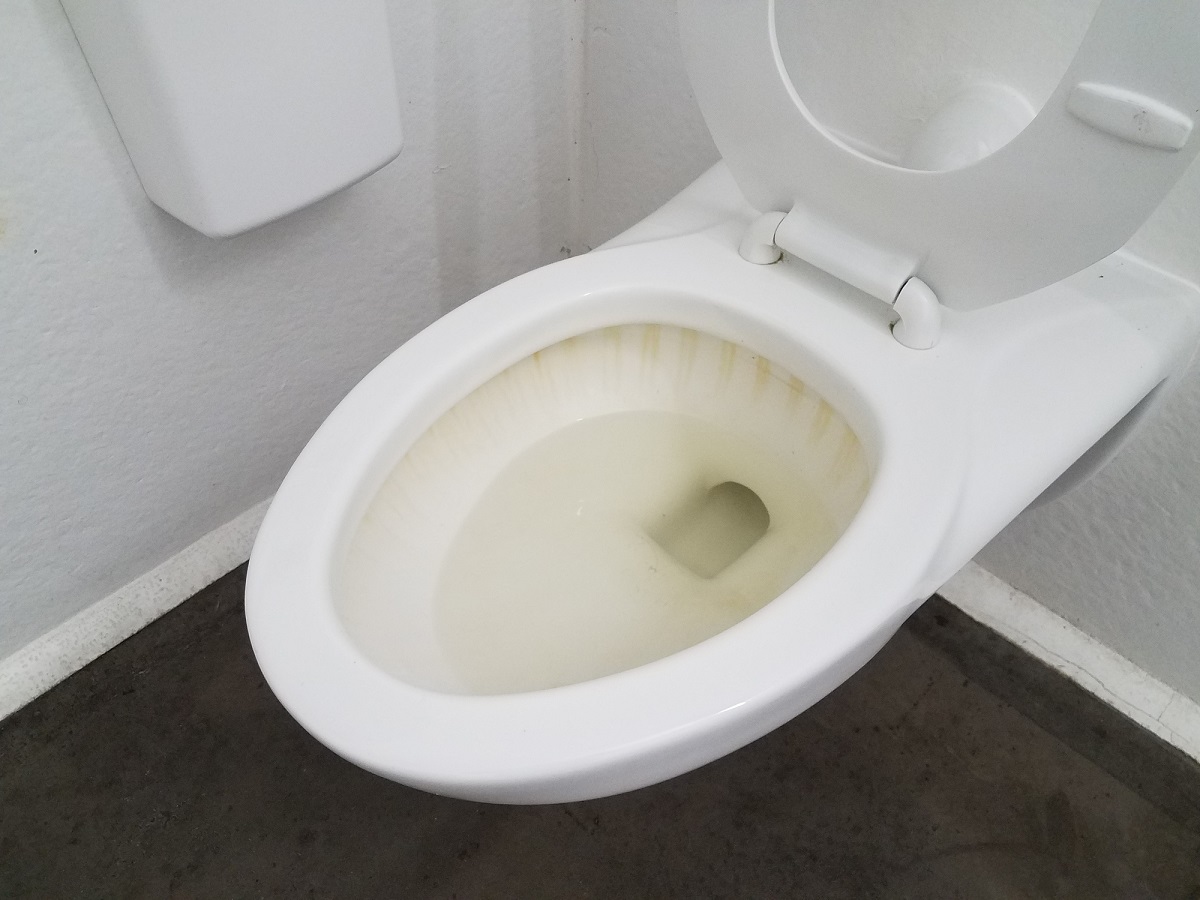

Bathroom Accessories
How To Keep Rust Out Of Toilet Bowl
Modified: September 1, 2024
Learn effective ways to prevent rust from forming in your toilet bowl with the right bathroom accessories. Keep your toilet looking clean and rust-free.
(Many of the links in this article redirect to a specific reviewed product. Your purchase of these products through affiliate links helps to generate commission for Storables.com, at no extra cost. Learn more)
Introduction
The toilet bowl is a vital fixture in any bathroom, serving as a cornerstone of cleanliness and comfort. However, the unsightly presence of rust can mar its appearance and compromise its functionality. Dealing with rust in the toilet bowl can be a frustrating and persistent issue for many homeowners. Fortunately, with the right knowledge and proactive measures, it's possible to keep rust at bay and maintain a pristine toilet bowl.
Rust in the toilet bowl is not only an aesthetic concern but can also indicate underlying issues with the plumbing or water quality. Understanding the causes of rust in the toilet bowl is crucial for implementing effective preventive measures. By addressing these root causes, it's possible to safeguard the toilet bowl from the damaging effects of rust and ensure its longevity.
In this comprehensive guide, we will delve into the various factors that contribute to rust in the toilet bowl and explore preventive measures to keep rust at bay. Additionally, we will provide valuable insights into cleaning and maintenance tips to preserve the pristine condition of the toilet bowl. By the end of this article, you will be equipped with the knowledge and strategies to effectively combat rust and maintain a rust-free toilet bowl.
Let's embark on this journey to uncover the secrets of preserving the pristine condition of your toilet bowl and bid farewell to the persistent menace of rust.
Key Takeaways:
- Say goodbye to rust in your toilet bowl by testing water quality, using rust-resistant cleaning products, and addressing plumbing issues. Keep your toilet bowl pristine with proactive measures and regular maintenance.
- Prevent rust in your toilet bowl with water softening systems, proper ventilation, and regular cleaning. By understanding the causes and taking preventive steps, you can maintain a rust-free toilet bowl for years to come.
Read more: How To Clean Rust Stains From Toilet Bowl
Understanding the Causes of Rust in Toilet Bowl
Rust in the toilet bowl can be attributed to several underlying causes, each of which contributes to the formation and accumulation of this unsightly and stubborn substance. By understanding these causes, homeowners can take proactive steps to address the root issues and prevent the recurrence of rust. Let's explore the primary factors that contribute to rust in the toilet bowl:
-
Water Quality: The quality of water supplied to the toilet plays a significant role in the formation of rust. High levels of iron and manganese in the water supply can lead to the development of rust stains in the toilet bowl. These minerals, when present in excess, can oxidize and manifest as reddish-brown discoloration, commonly known as rust.
-
Old or Corroded Pipes: The plumbing system in older homes may feature aging or corroded pipes, which can leach rust into the water supply. As water flows through these deteriorating pipes, it can pick up rust particles, eventually leading to the accumulation of rust stains in the toilet bowl.
-
Hard Water: Hard water, characterized by high mineral content, can contribute to the formation of rust in the toilet bowl. The minerals present in hard water, such as calcium and magnesium, can interact with other compounds, leading to the precipitation of rust-like deposits over time.
-
Inadequate Ventilation: Poor ventilation in the bathroom can exacerbate the formation of rust in the toilet bowl. Excessive moisture and humidity levels can create an environment conducive to the development of rust stains. Inadequate ventilation can also contribute to the accumulation of stagnant water, further promoting rust formation.
-
Chemical Reactions: The use of certain cleaning products or chemical agents in the toilet bowl can trigger chemical reactions that result in rust formation. Mixing incompatible cleaning agents or using harsh chemicals can inadvertently lead to the development of rust stains, tarnishing the appearance of the toilet bowl.
By gaining insight into these underlying causes of rust in the toilet bowl, homeowners can take targeted measures to address these issues and prevent the recurrence of rust stains. In the subsequent sections, we will explore preventive measures and effective cleaning techniques to maintain a rust-free and immaculate toilet bowl.
Preventive Measures to Keep Rust Out of Toilet Bowl
Implementing proactive measures is essential to prevent the formation of rust in the toilet bowl and maintain its pristine condition. By addressing the root causes of rust and taking preventive steps, homeowners can effectively safeguard their toilet bowls from unsightly rust stains. Here are the key preventive measures to keep rust out of the toilet bowl:
-
Water Quality Testing: Start by assessing the quality of the water supplied to your home. Consider conducting a water quality test to determine the presence of iron, manganese, or other minerals that can contribute to rust formation. If elevated levels of these minerals are detected, consider installing a water filtration system or a water softener to mitigate the impact of these impurities on your toilet bowl.
-
Regular Plumbing Inspection: Schedule periodic inspections of your home's plumbing system, particularly if you reside in an older property. Check for signs of corrosion or deterioration in the pipes that could lead to rust leaching into the water supply. Addressing any issues with corroded pipes can prevent the introduction of rust particles into the toilet bowl.
-
Water Softening System: Consider installing a water softening system to combat the effects of hard water. By reducing the mineral content in the water, a water softener can minimize the formation of rust-like deposits in the toilet bowl, preserving its appearance and functionality.
-
Proper Ventilation: Ensure adequate ventilation in the bathroom to mitigate moisture buildup and humidity levels. Proper ventilation can help prevent the accumulation of stagnant water, reducing the likelihood of rust formation in the toilet bowl. Consider installing a ventilation fan or keeping windows open to promote air circulation.
-
Mindful Cleaning Practices: Exercise caution when using cleaning products in the toilet bowl. Avoid mixing incompatible cleaning agents, as certain chemical combinations can lead to rust formation. Opt for non-abrasive and rust-resistant cleaning solutions to maintain the integrity of the toilet bowl and prevent the onset of rust stains.
-
Regular Maintenance: Stay proactive with regular maintenance of the toilet bowl and its components. Inspect the flushing mechanism, valves, and seals for any signs of wear or corrosion. Addressing minor issues promptly can prevent potential rust-related problems in the future.
By incorporating these preventive measures into your maintenance routine, you can effectively keep rust out of the toilet bowl and preserve its cleanliness and functionality. Taking a proactive approach to address the underlying causes of rust will contribute to the long-term durability and aesthetic appeal of your toilet bowl.
Cleaning and Maintenance Tips for Rust-Free Toilet Bowl
Maintaining a rust-free toilet bowl involves a combination of regular cleaning and proactive maintenance practices. By incorporating these tips into your bathroom care routine, you can effectively preserve the pristine condition of your toilet bowl and prevent the onset of unsightly rust stains.
1. Regular Cleaning Schedule
Establishing a consistent cleaning schedule is essential for preventing the accumulation of rust in the toilet bowl. Use a non-abrasive toilet bowl cleaner or a homemade solution of vinegar and baking soda to remove any existing rust stains. Gently scrub the interior of the bowl with a toilet brush to ensure thorough cleaning. Regular cleaning not only eliminates rust but also prevents its buildup over time.
Read more: How To Get Rust Stains Out Of A Toilet
2. Rust-Resistant Cleaning Products
Opt for cleaning products specifically formulated to resist rust and corrosion. These specialized cleaners are designed to effectively remove rust stains while protecting the toilet bowl's surfaces. By using rust-resistant cleaning solutions, you can maintain the integrity of the bowl and minimize the risk of rust formation.
3. Avoid Harsh Abrasives
When cleaning the toilet bowl, refrain from using harsh abrasives or abrasive cleaning tools. Abrasive materials can scratch the porcelain surface, making it more susceptible to rust and discoloration. Instead, opt for soft-bristled brushes and non-abrasive cleaning pads to preserve the smooth finish of the bowl.
4. Regular Maintenance Checks
Conduct periodic maintenance checks to identify and address any potential sources of rust formation. Inspect the toilet's flushing mechanism, valves, and seals for signs of wear or corrosion. Addressing these issues promptly can prevent rust-related problems and ensure the optimal functioning of the toilet bowl.
5. Preventive Treatments
Consider using preventive treatments, such as toilet bowl tablets or solutions designed to inhibit rust and mineral buildup. These treatments can help maintain a clean and rust-free toilet bowl by preventing the accumulation of mineral deposits and rust stains.
Read more: How To Get Urine Smell Out Of Toilet Bowl
6. Address Plumbing Issues
If you notice persistent rust stains in the toilet bowl, it's essential to address any underlying plumbing issues. Leaks or corrosion in the plumbing system can introduce rust into the water supply, leading to recurring rust stains. Consulting a professional plumber to assess and resolve these issues can help prevent further rust-related problems.
7. Regular Water Flushing
Encourage regular water flushing to prevent stagnant water from accumulating in the toilet bowl. Stagnant water can promote the development of rust stains, especially in areas with hard water. Flushing the toilet regularly helps minimize the risk of rust formation and maintains the freshness of the bowl.
By incorporating these cleaning and maintenance tips into your bathroom care routine, you can effectively preserve the cleanliness and appearance of your toilet bowl while preventing the recurrence of rust stains. Consistent upkeep and proactive measures are key to ensuring a rust-free and immaculate toilet bowl for years to come.
Conclusion
In conclusion, maintaining a rust-free toilet bowl is not only a matter of aesthetic appeal but also a reflection of proactive home maintenance. By understanding the underlying causes of rust in the toilet bowl and implementing preventive measures, homeowners can effectively preserve the cleanliness and functionality of this essential fixture.
The presence of rust in the toilet bowl can be attributed to various factors, including water quality, aging plumbing systems, hard water, inadequate ventilation, and chemical reactions. Addressing these root causes through water quality testing, regular plumbing inspections, water softening systems, proper ventilation, and mindful cleaning practices is crucial for preventing the formation of rust stains.
Furthermore, incorporating a regular cleaning schedule, utilizing rust-resistant cleaning products, avoiding harsh abrasives, conducting maintenance checks, employing preventive treatments, addressing plumbing issues, and encouraging regular water flushing are essential steps in maintaining a rust-free toilet bowl.
By adhering to these preventive measures and implementing effective cleaning and maintenance tips, homeowners can ensure that their toilet bowls remain free from the unsightly presence of rust. This proactive approach not only enhances the visual appeal of the bathroom but also contributes to the longevity and optimal performance of the toilet bowl.
In essence, the journey to keeping rust out of the toilet bowl is a testament to the commitment to home care and the preservation of a clean and hygienic living environment. By staying proactive and informed, homeowners can safeguard their toilet bowls from the persistent menace of rust, ensuring that this essential fixture continues to uphold its role in promoting cleanliness and comfort within the home.
Frequently Asked Questions about How To Keep Rust Out Of Toilet Bowl
Was this page helpful?
At Storables.com, we guarantee accurate and reliable information. Our content, validated by Expert Board Contributors, is crafted following stringent Editorial Policies. We're committed to providing you with well-researched, expert-backed insights for all your informational needs.
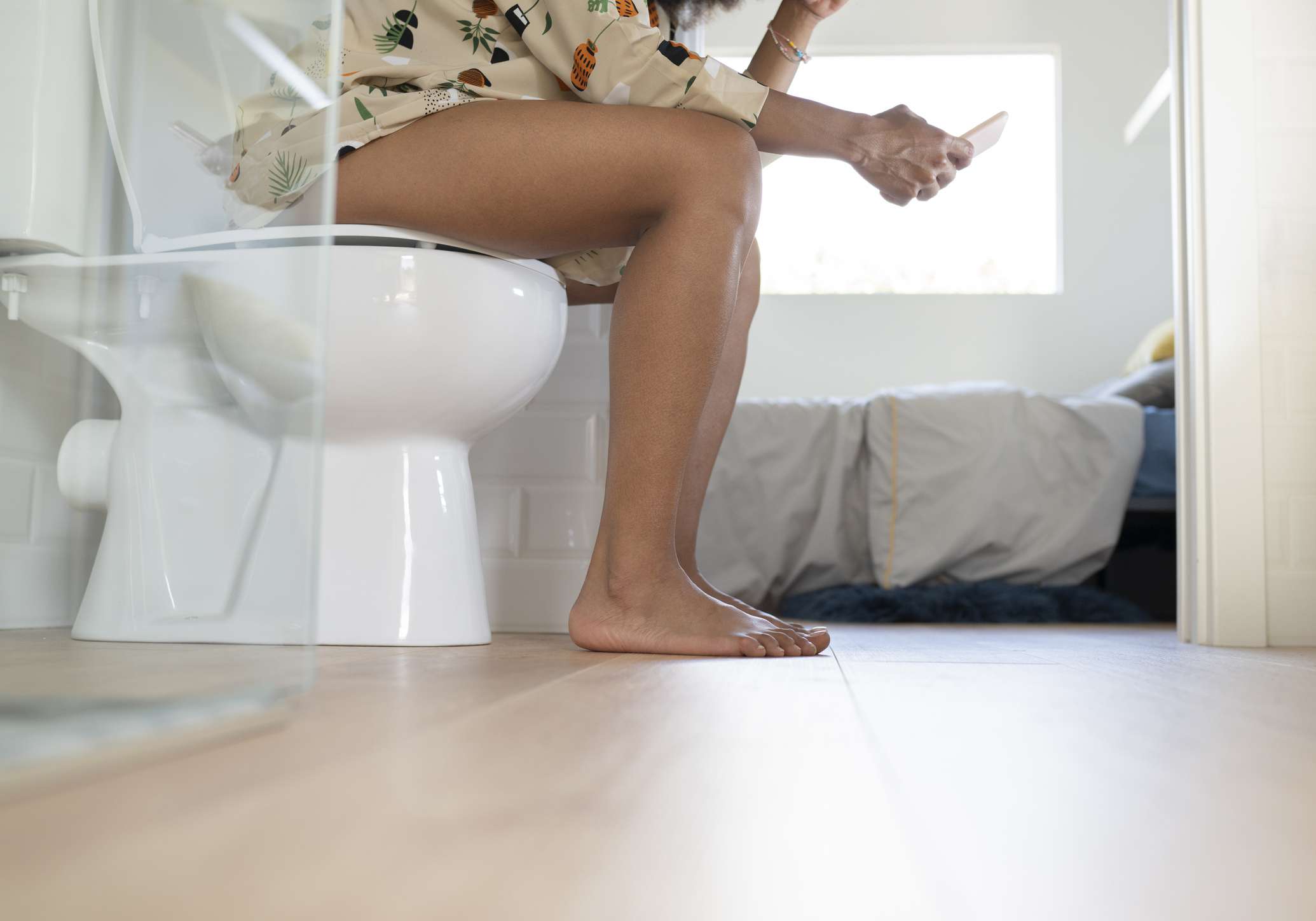
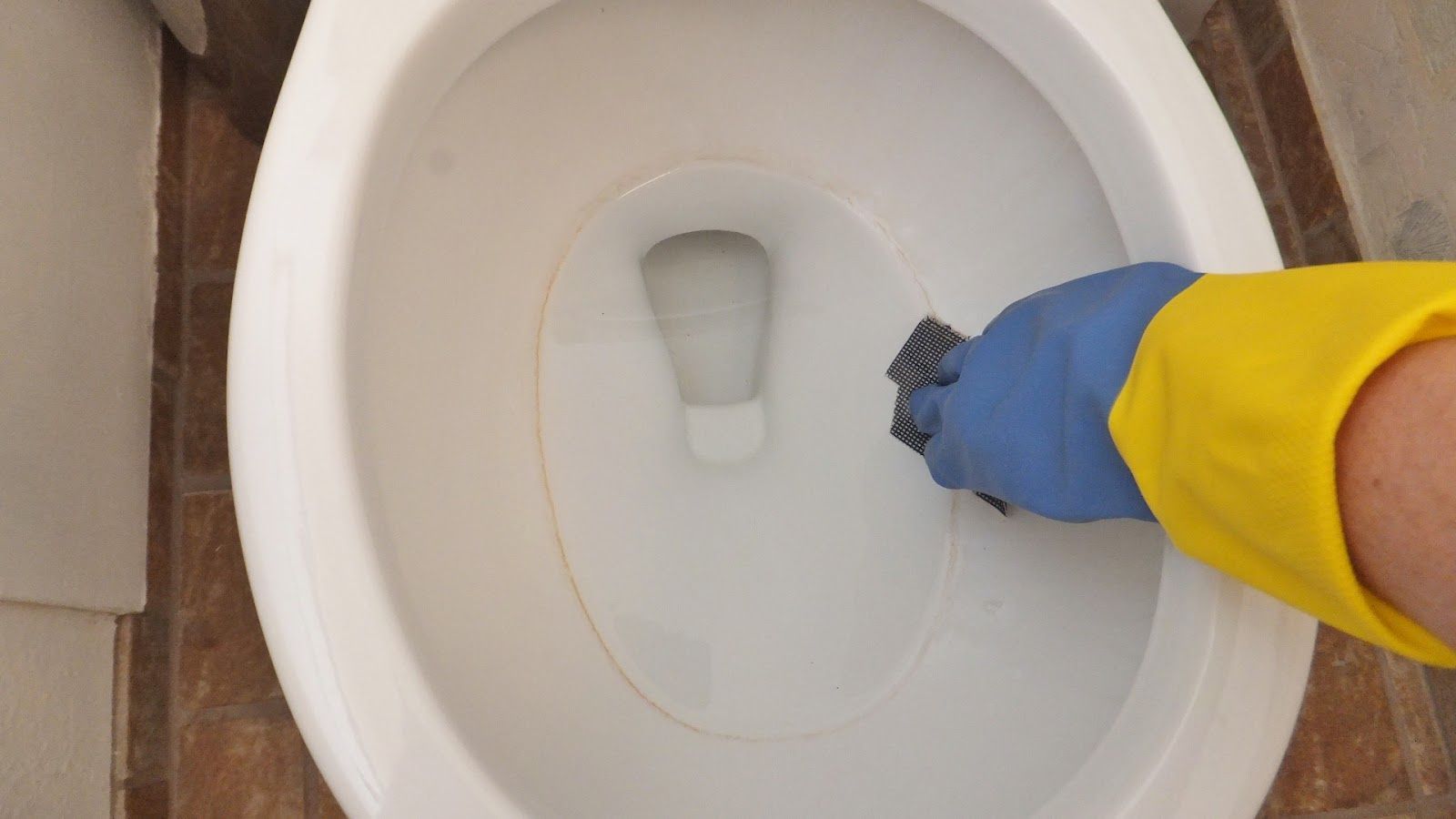
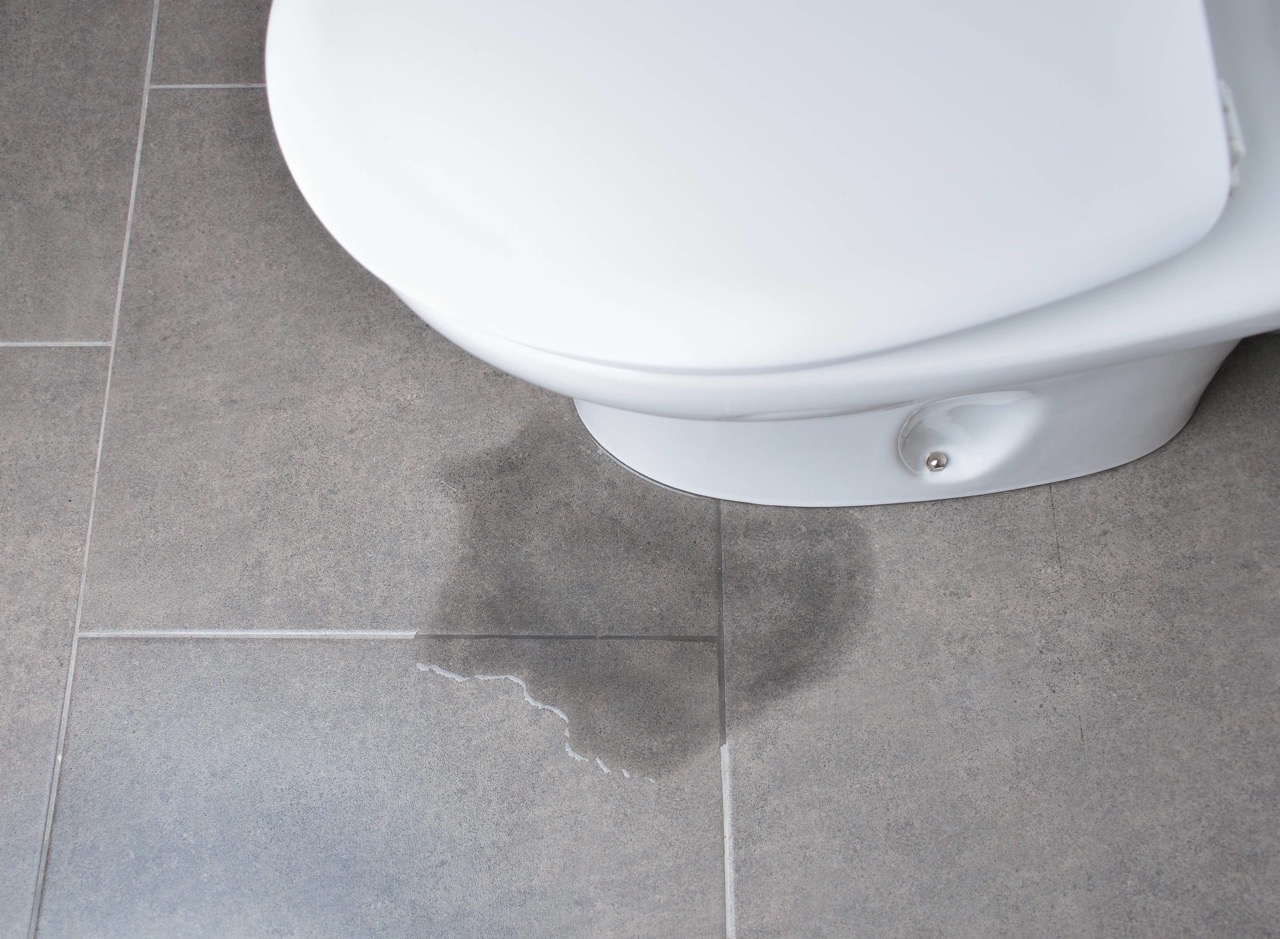
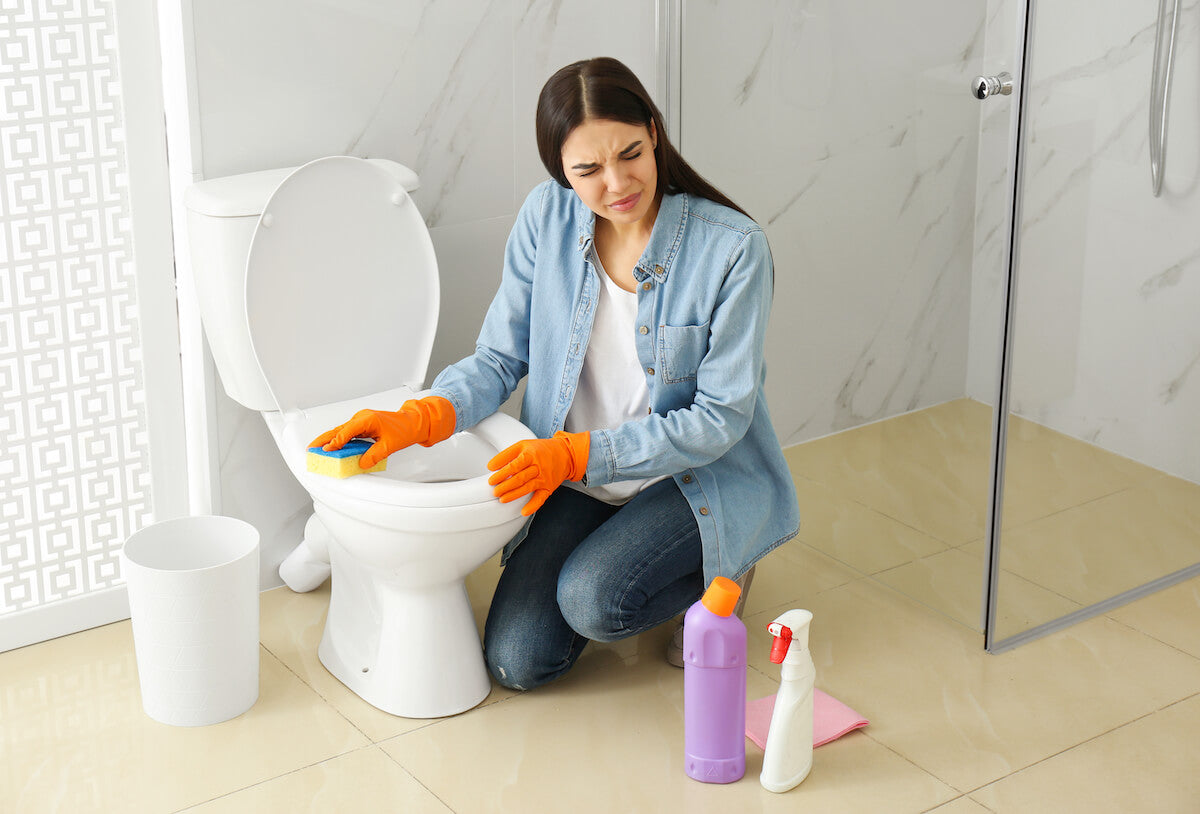
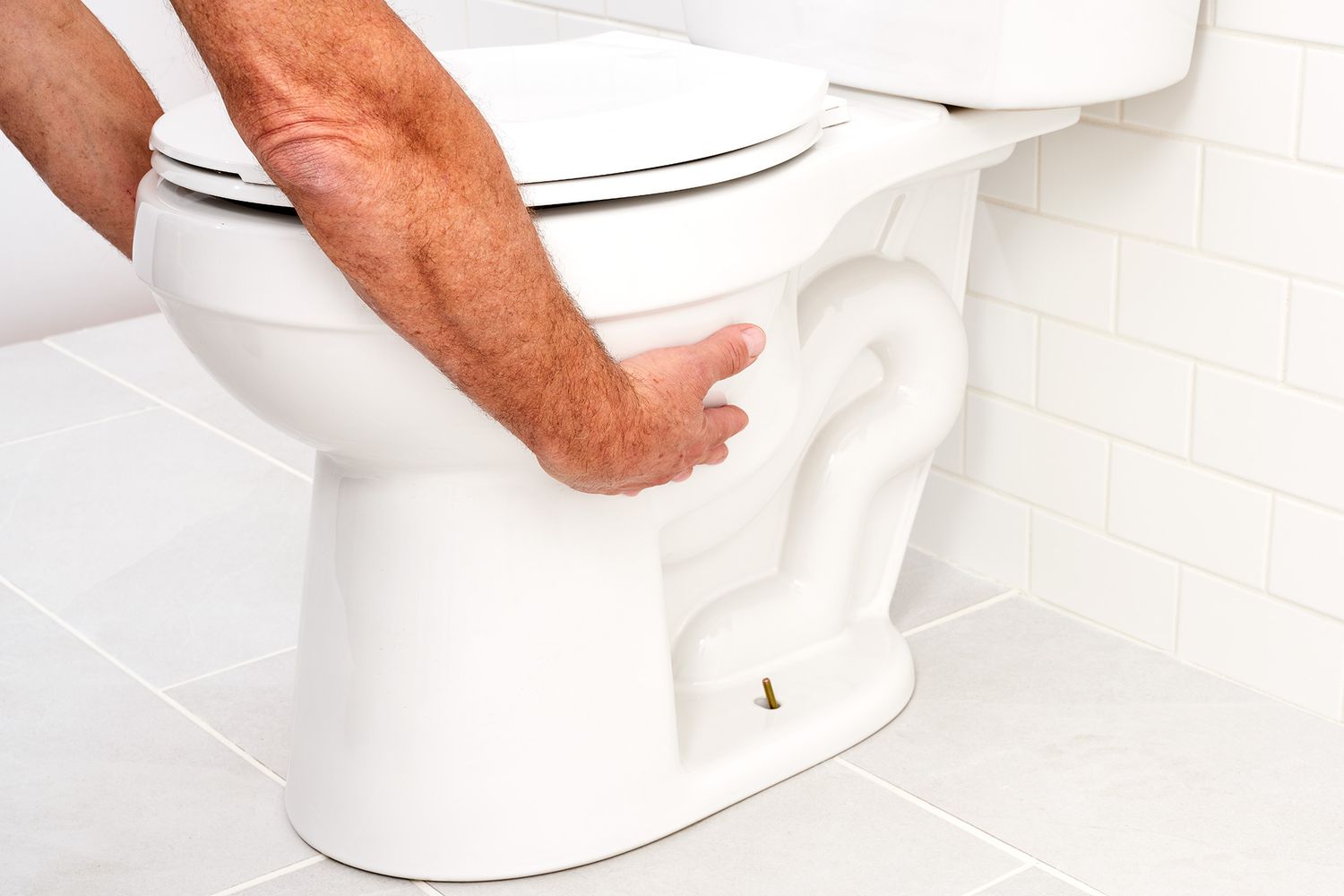
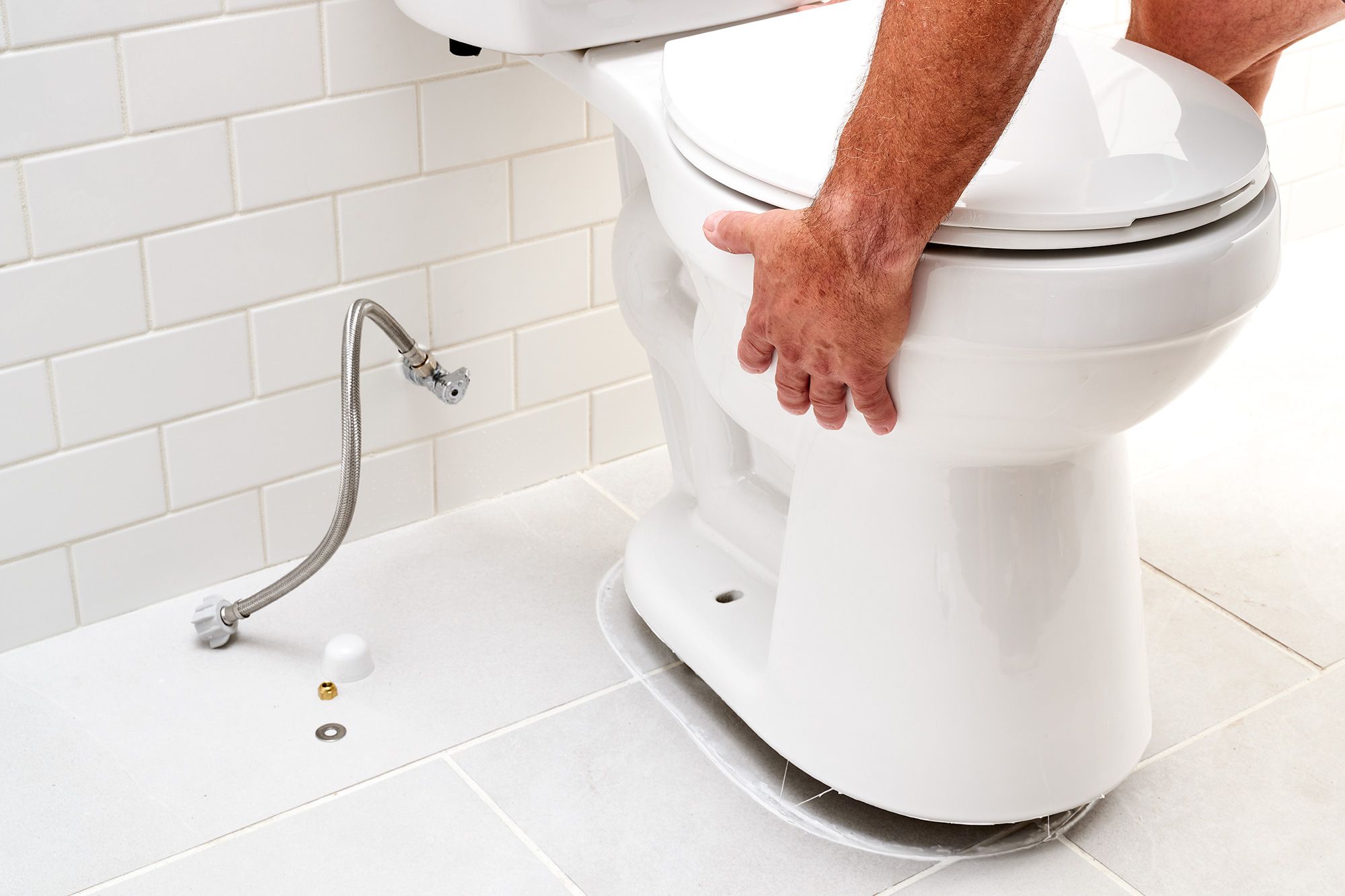
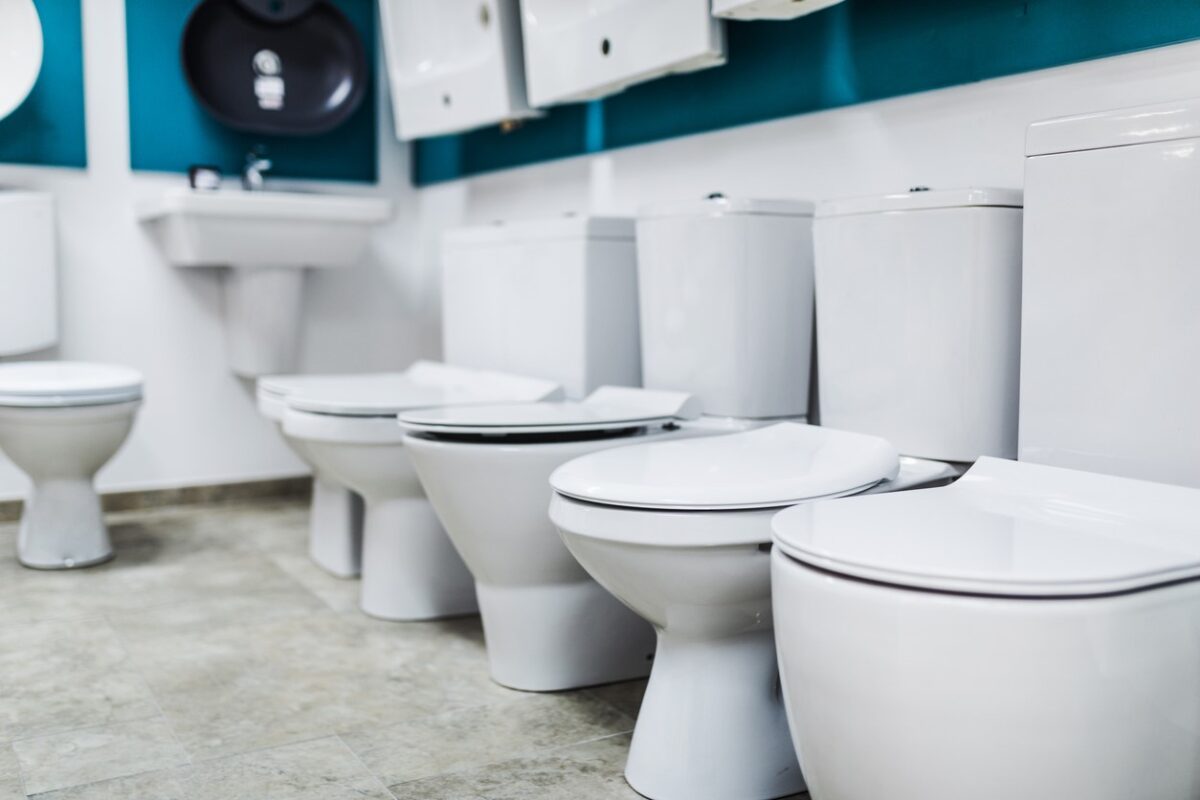
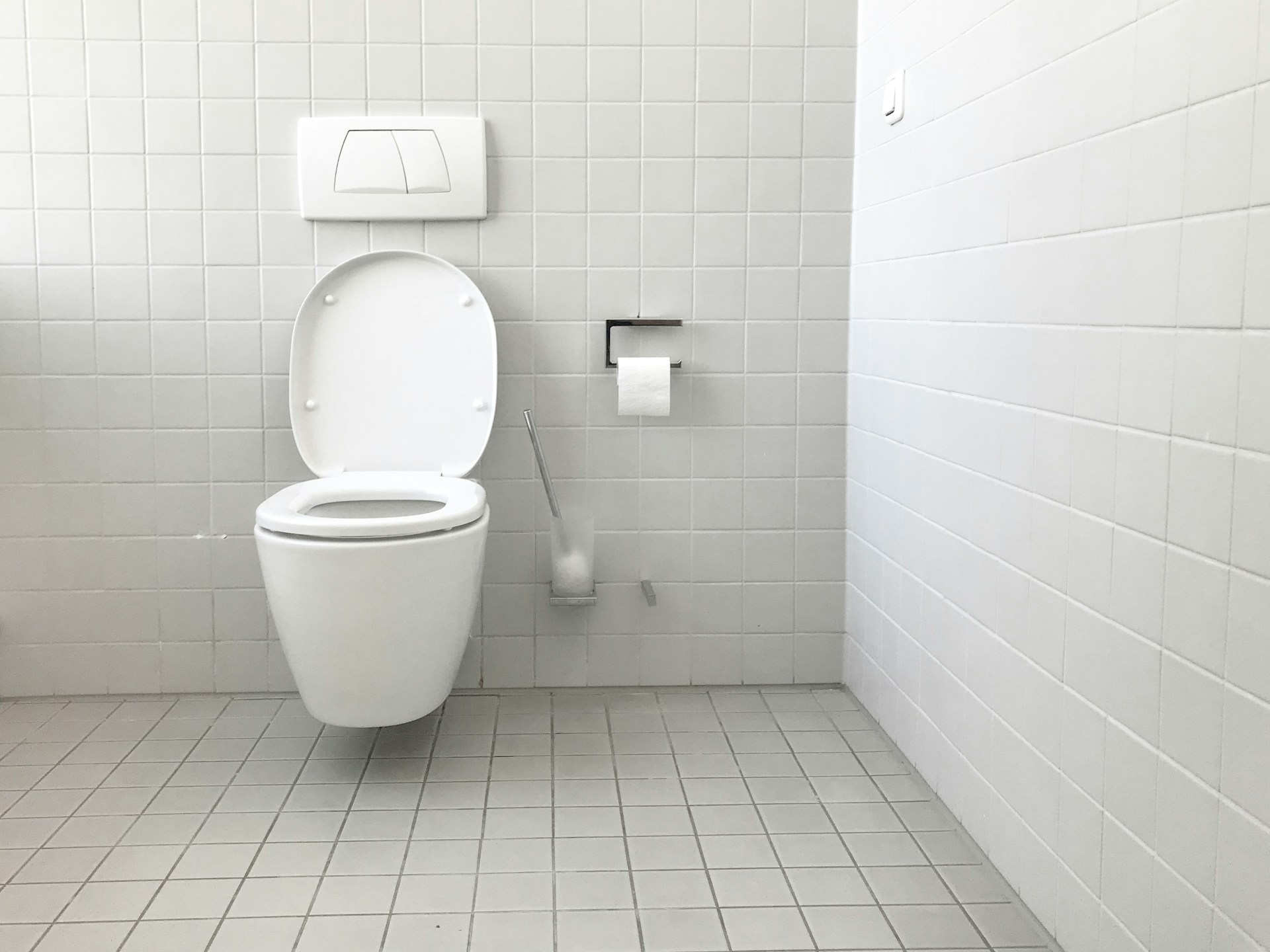
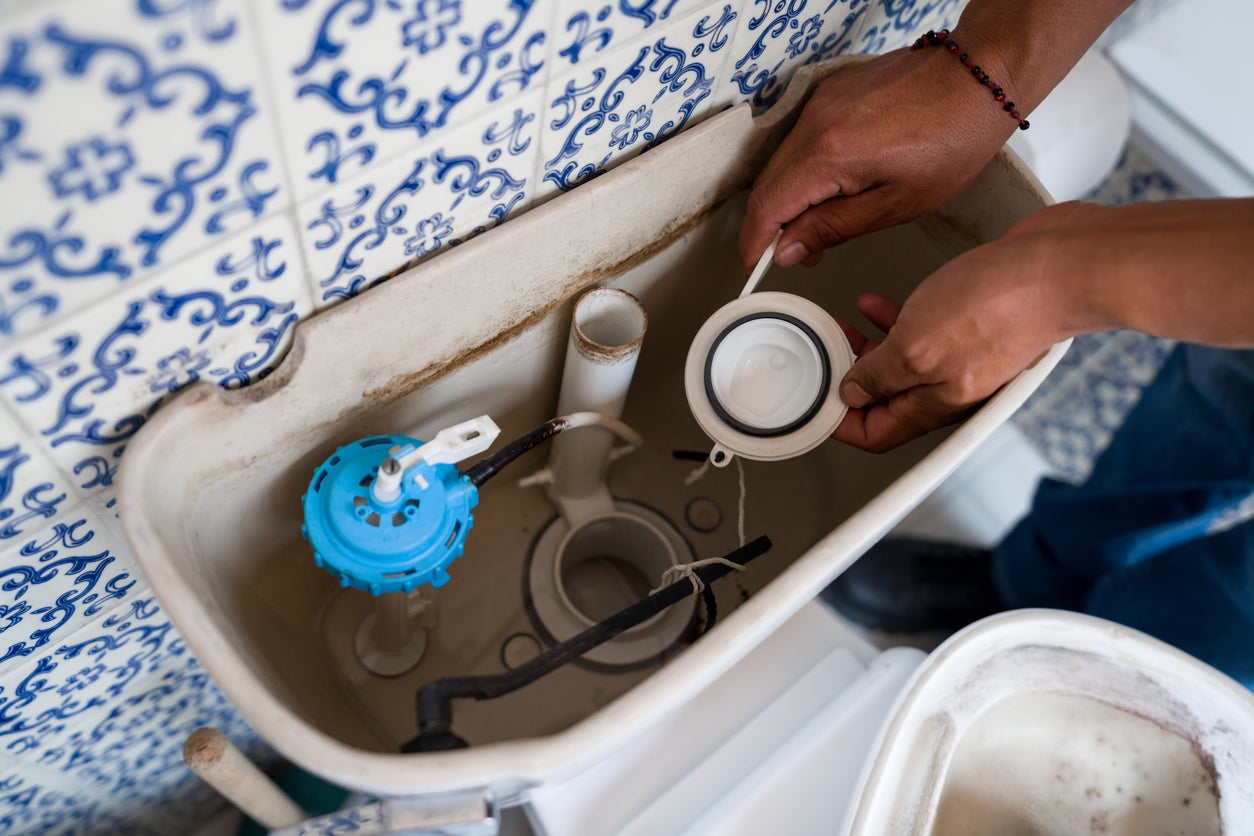
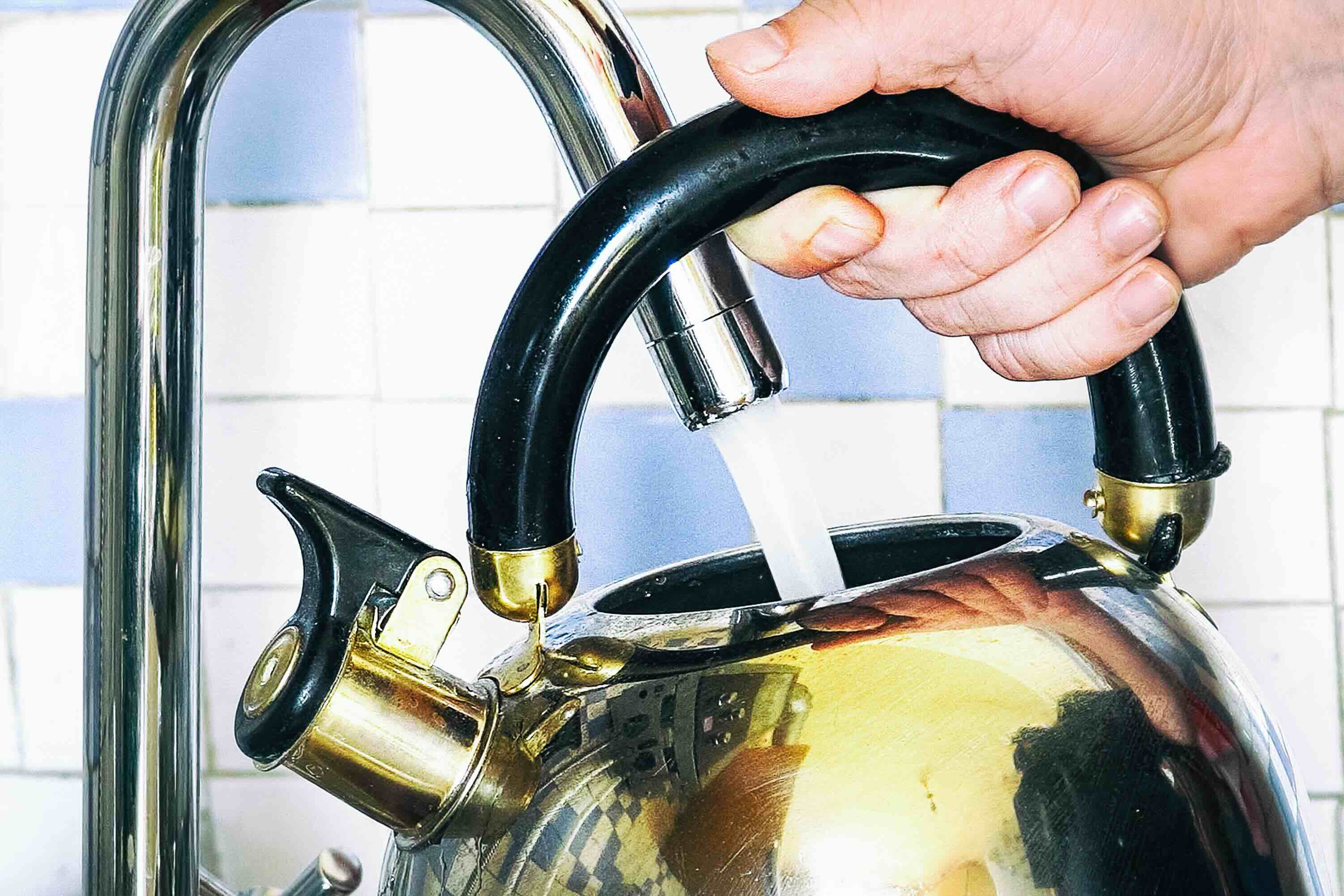
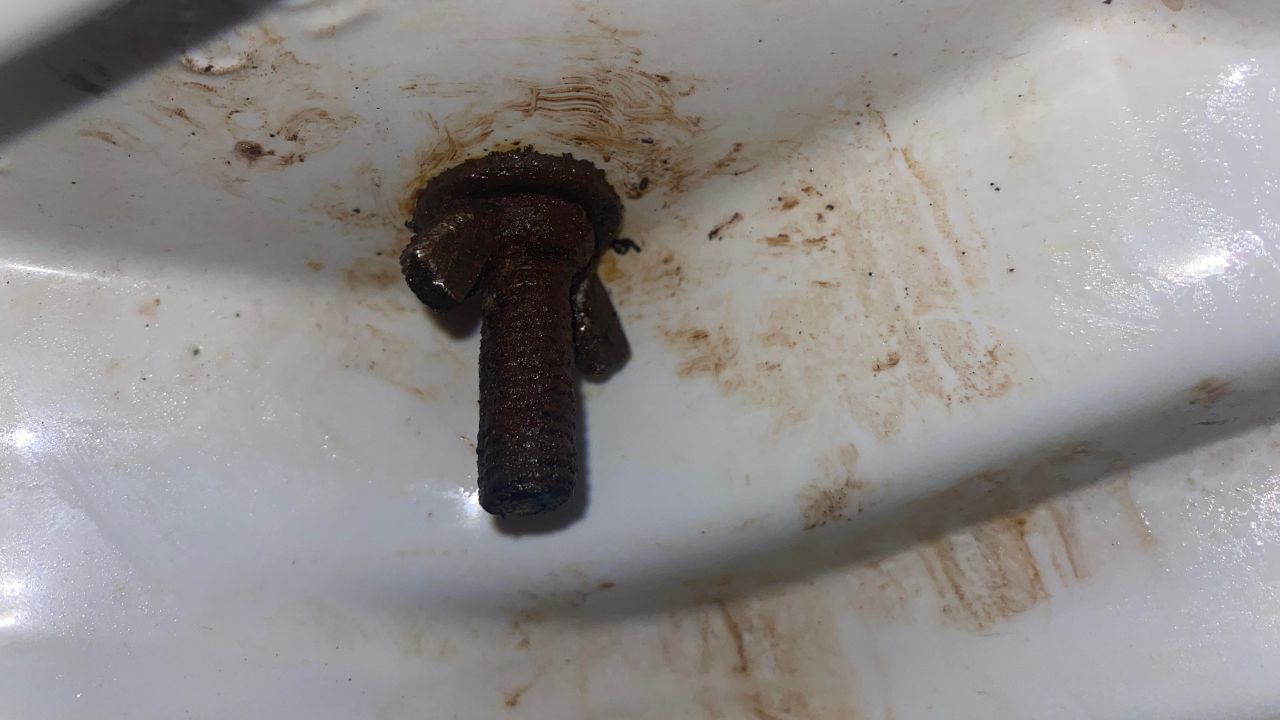
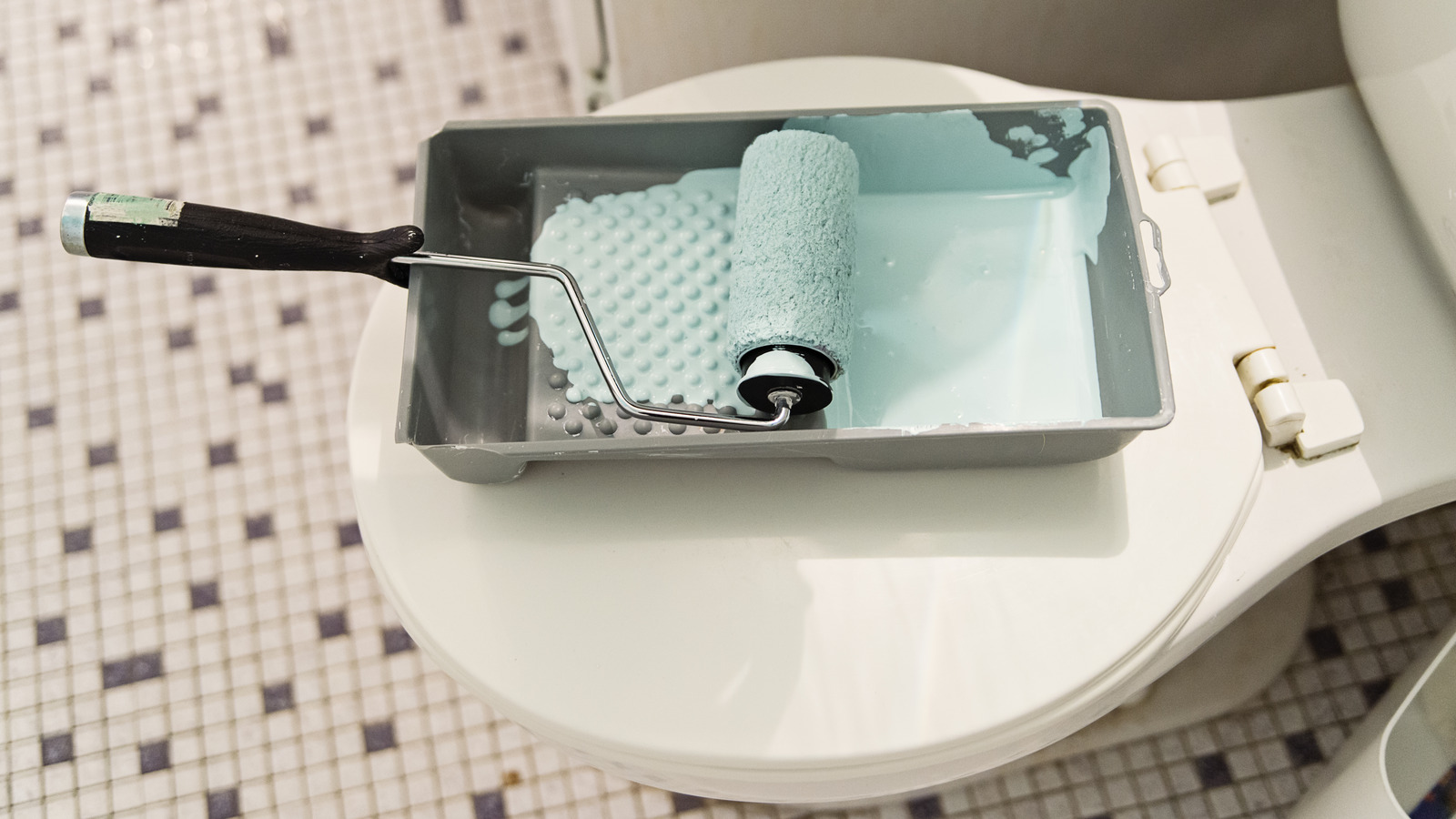
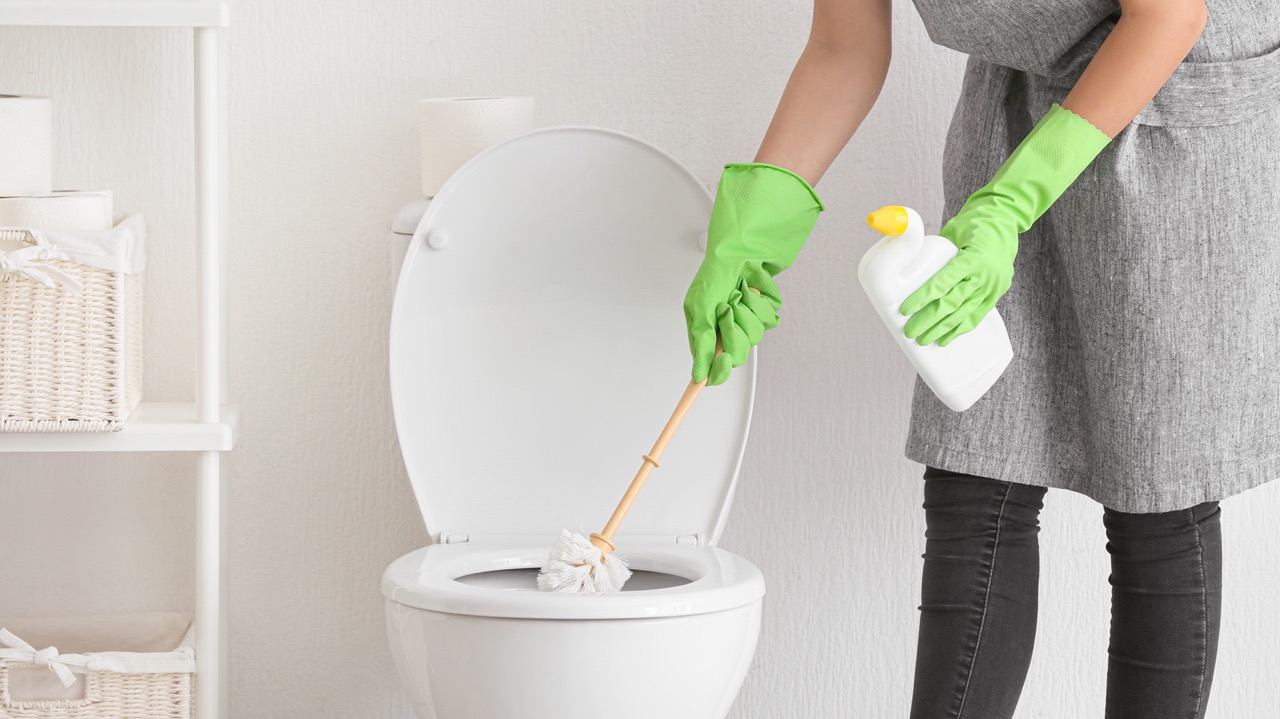

0 thoughts on “How To Keep Rust Out Of Toilet Bowl”